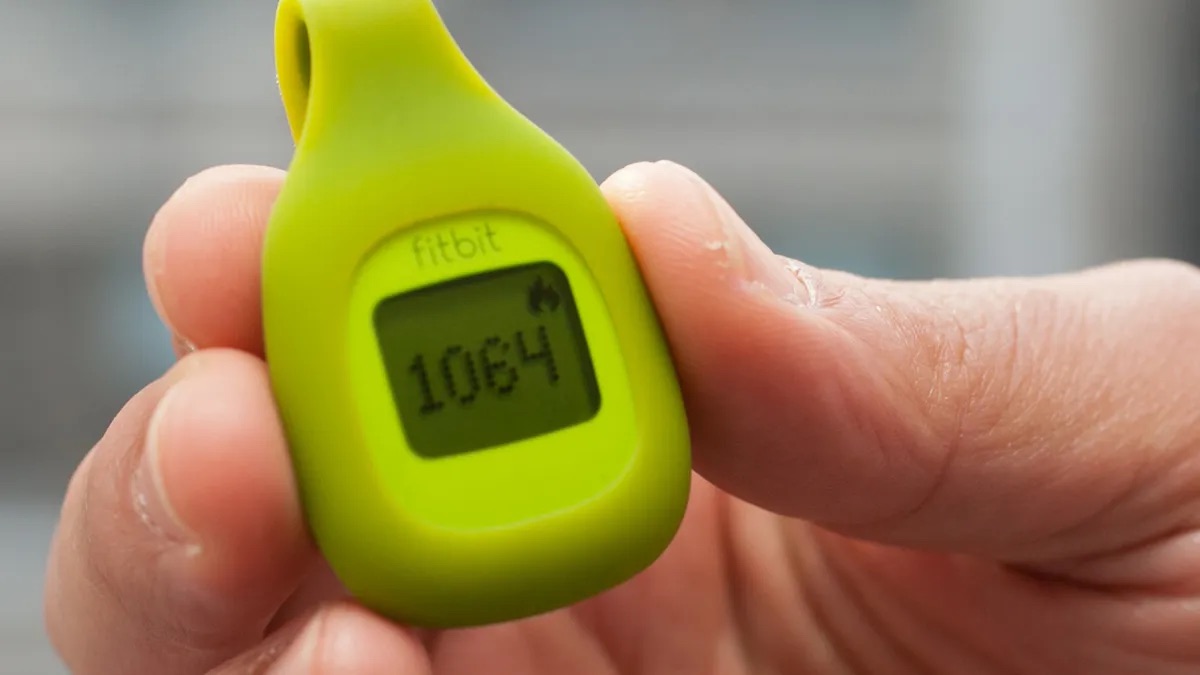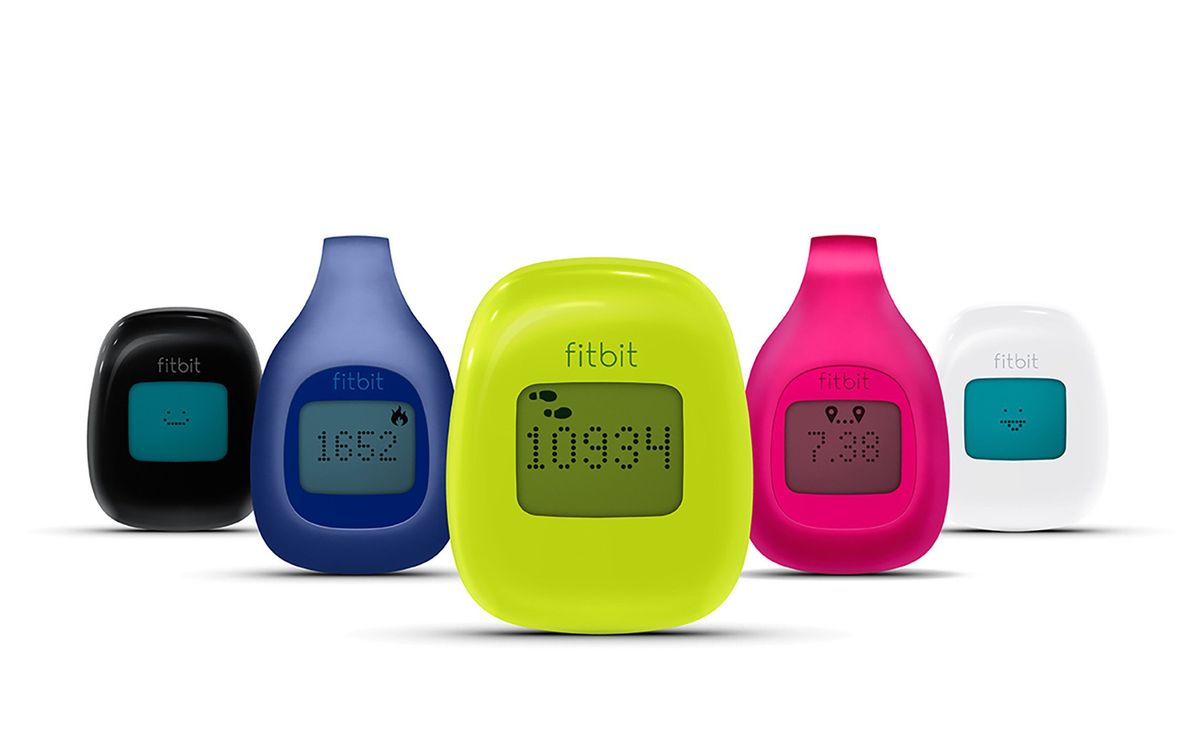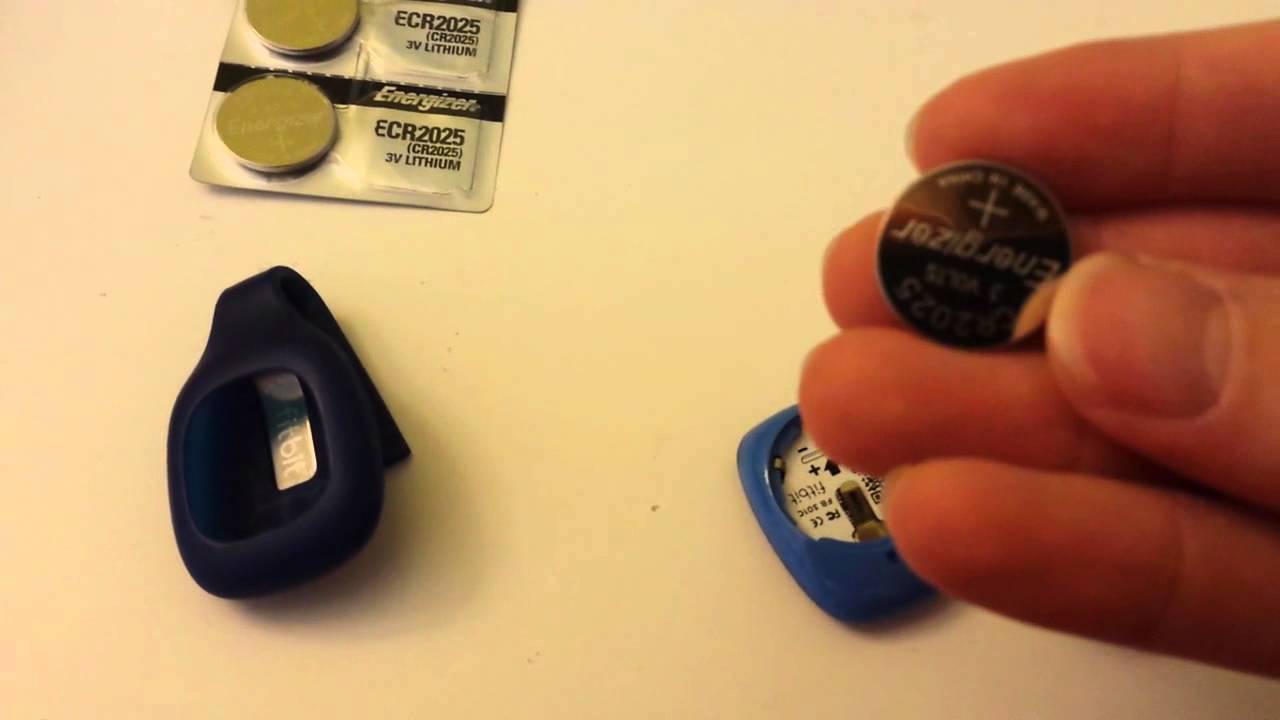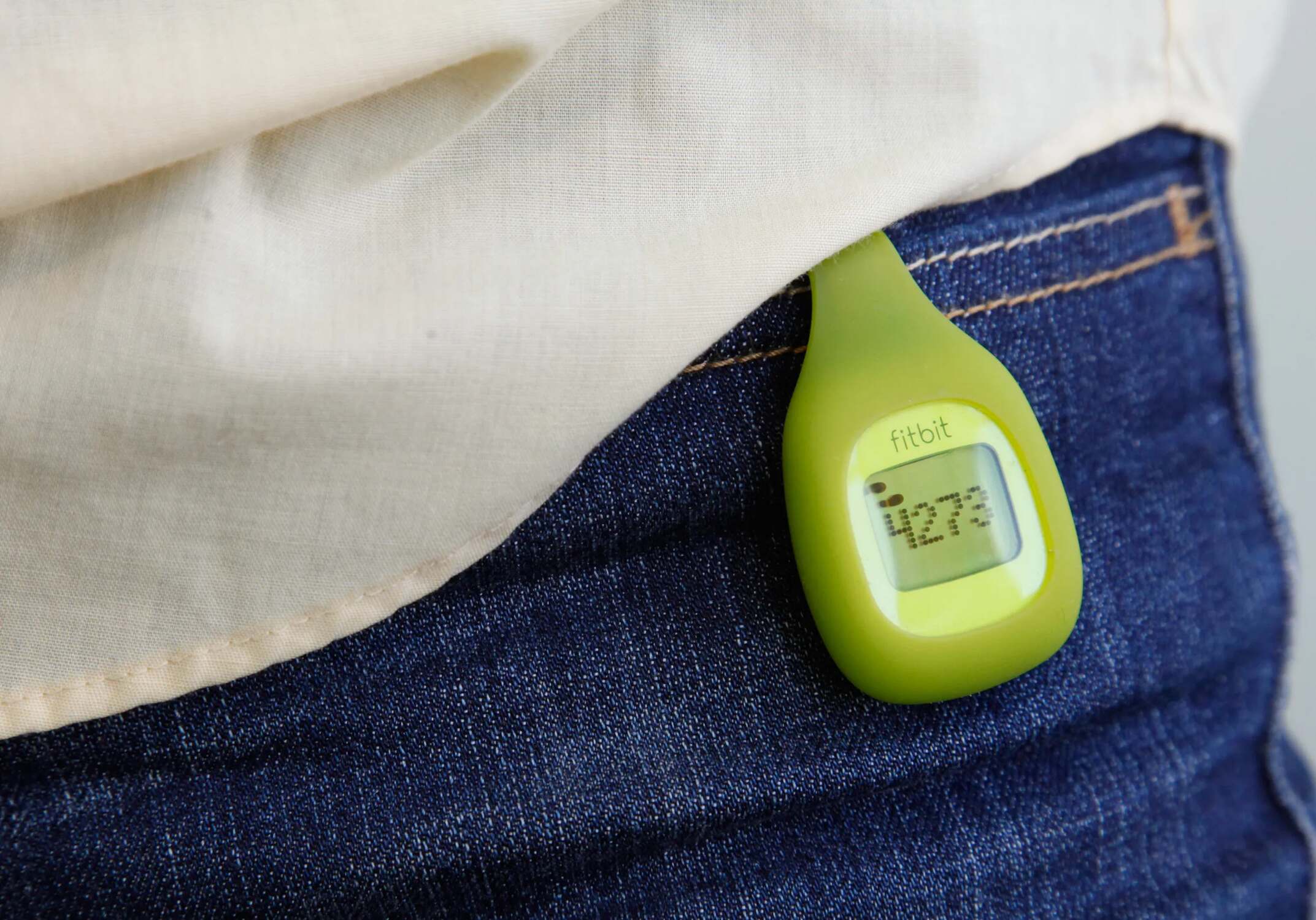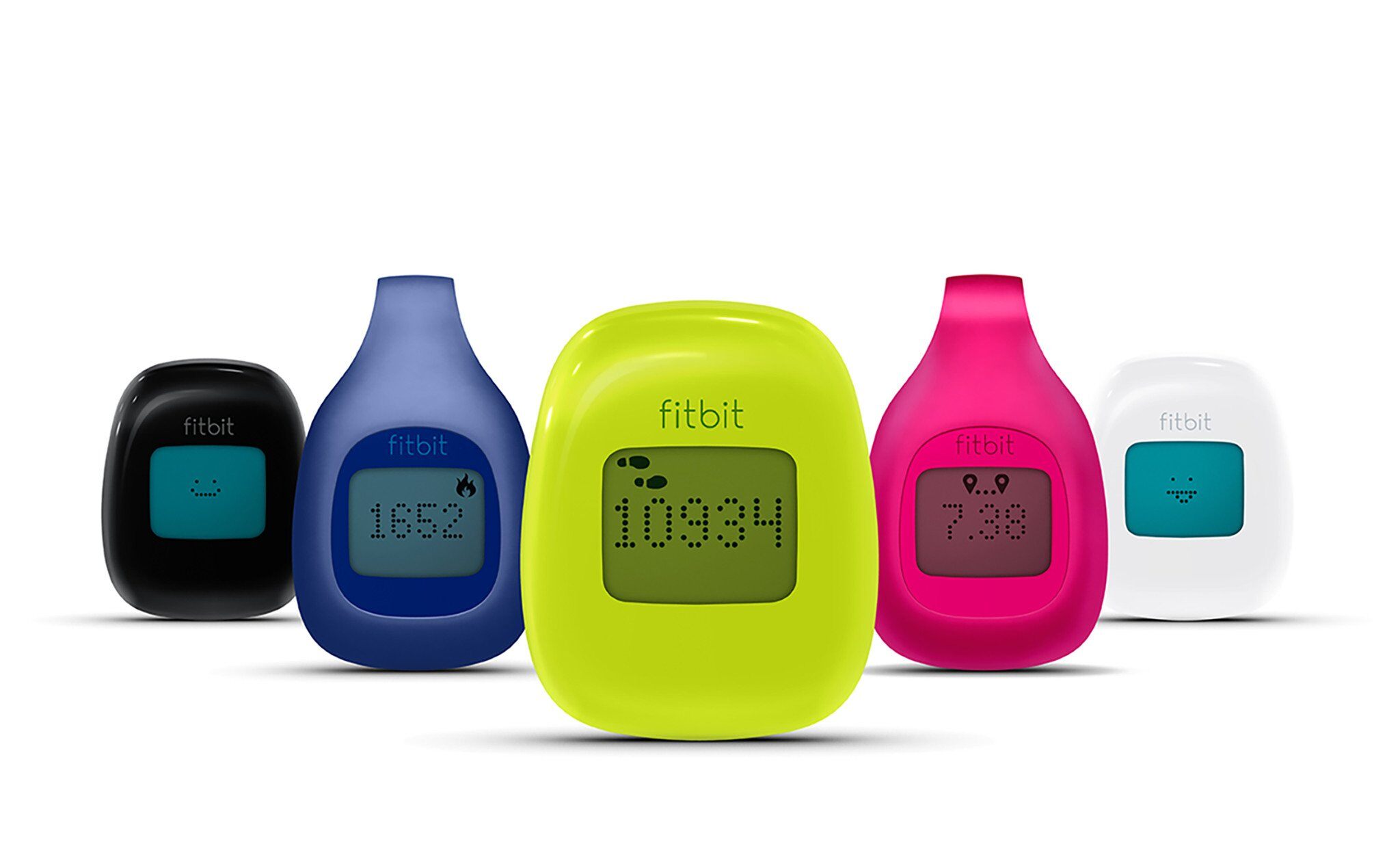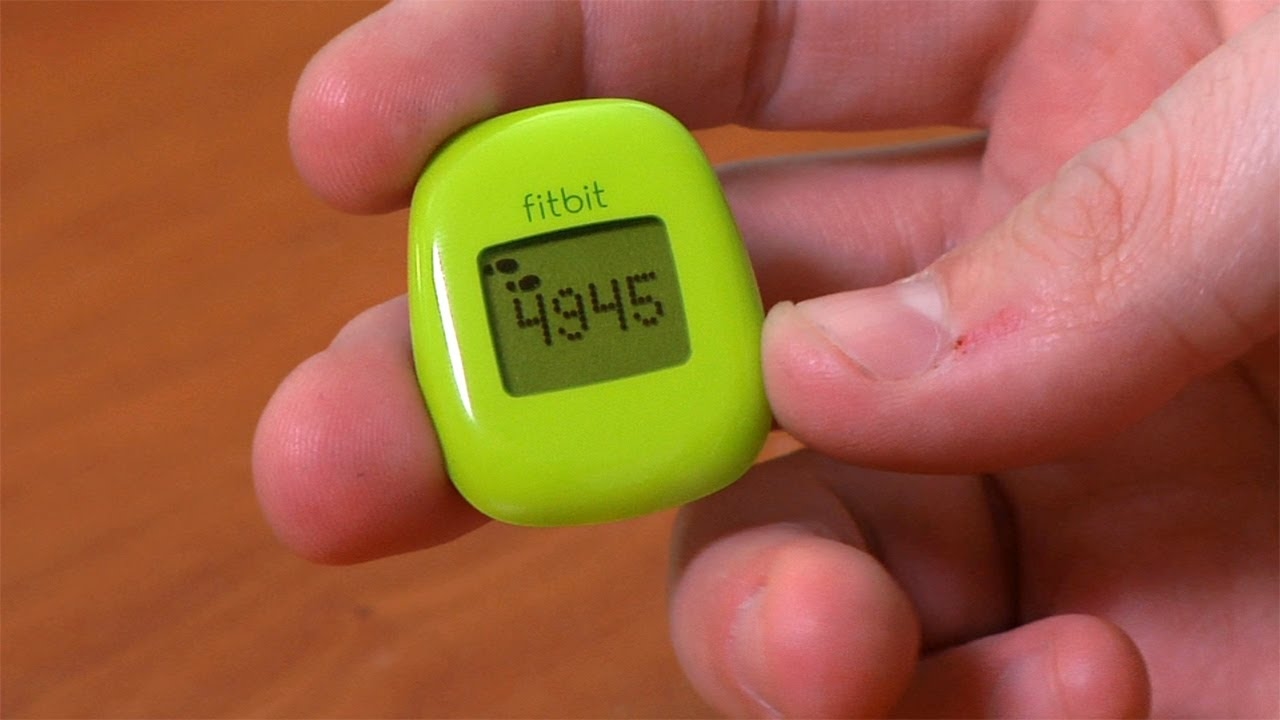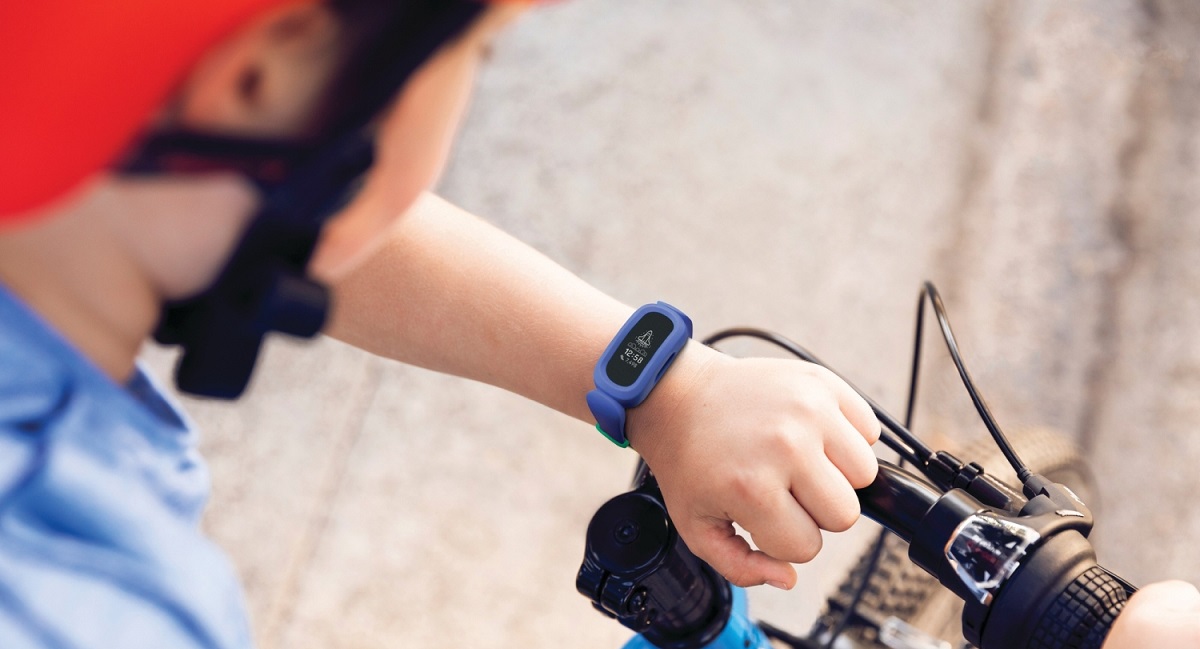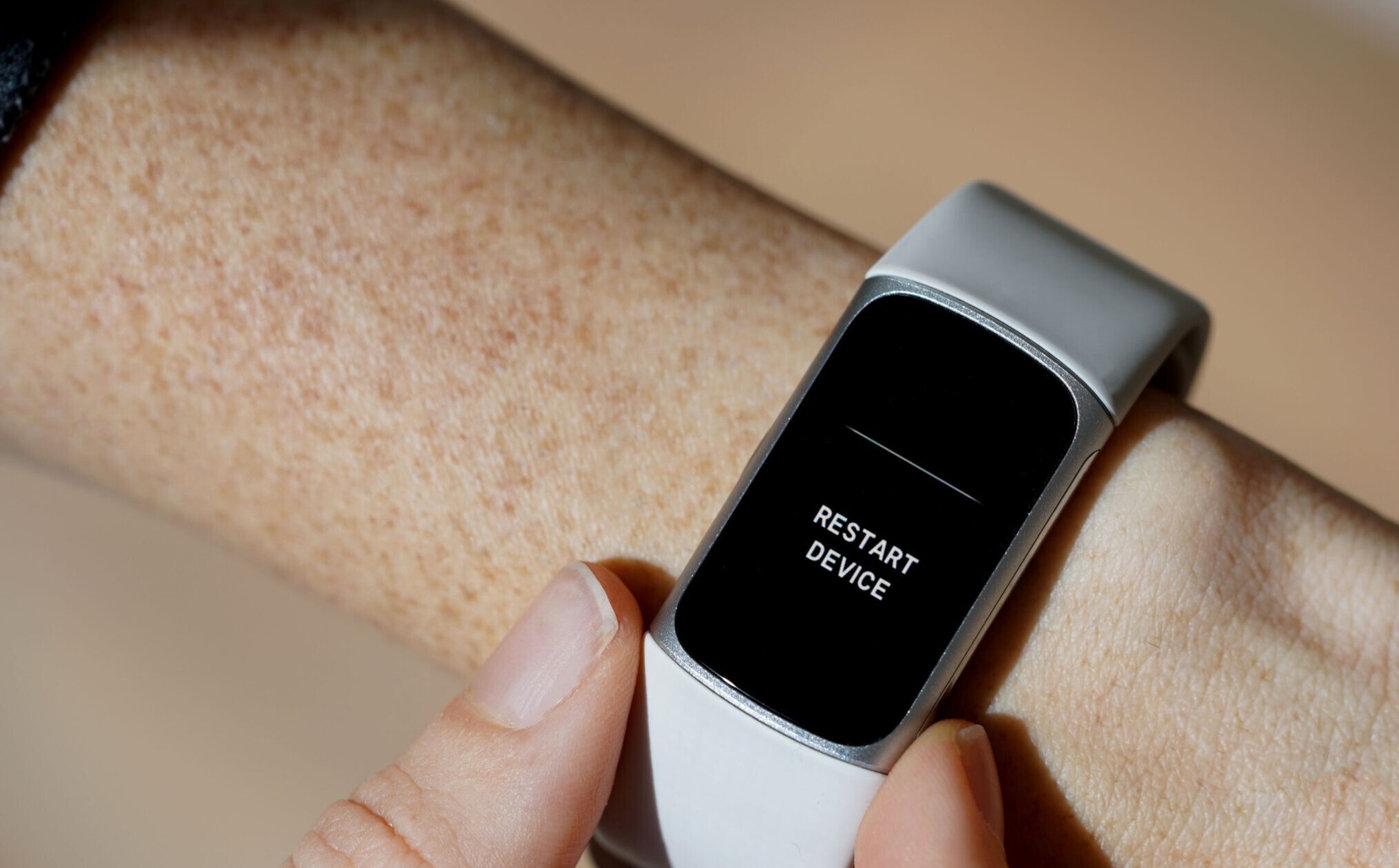Introduction
The Fitbit Zip is a popular wearable device that helps individuals track their daily activities, including steps taken, distance traveled, and calories burned. One essential component that powers the Fitbit Zip is the battery. Understanding the battery type and its characteristics is crucial for ensuring optimal performance and longevity of the device.
The battery serves as the lifeblood of the Fitbit Zip, providing the necessary power to operate its various functions. Without a reliable and efficient battery, the device would be unable to accurately track and record the user's activity data. Therefore, gaining insight into the different battery types, their features, and how to choose the right one for the Fitbit Zip is essential for every user.
In this article, we will delve into the intricacies of the batteries used in the Fitbit Zip, providing a comprehensive overview of the various types available. By understanding the differences between these batteries, users can make informed decisions when it comes to selecting the most suitable option for their device. Additionally, we will explore the importance of proper battery maintenance to prolong the lifespan of the Fitbit Zip and ensure consistent performance.
As we embark on this exploration of battery basics for the Fitbit Zip, it is important to recognize the pivotal role that the battery plays in powering this innovative wearable device. Let's dive into the world of batteries and equip ourselves with the knowledge needed to make informed decisions and optimize the performance of the Fitbit Zip.
Types of Batteries Used in Fitbit Zip
The Fitbit Zip, a compact and versatile activity tracker, relies on a specialized battery to power its functionality. Understanding the different types of batteries used in the Fitbit Zip is essential for users to make informed decisions when it comes to replacement or maintenance. The Fitbit Zip is designed to operate on a replaceable 3V coin battery, specifically a CR2025 lithium coin cell. This battery type is commonly used in small electronic devices due to its compact size and long-lasting power.
CR2025 Lithium Coin Cell
The CR2025 lithium coin cell is a popular choice for devices like the Fitbit Zip due to its high energy density and stable voltage output. This type of battery is known for its reliability and longevity, making it well-suited for powering wearable devices. The CR2025 battery is a compact and lightweight power source, making it an ideal fit for the sleek and portable design of the Fitbit Zip.
Key Features
- Longevity: The CR2025 battery offers a prolonged lifespan, providing consistent power to the Fitbit Zip for extended periods.
- Stable Voltage Output: This battery type maintains a stable voltage output throughout its lifespan, ensuring reliable performance of the device.
- Compact Size: The compact dimensions of the CR2025 lithium coin cell align with the space-efficient design of the Fitbit Zip, allowing for seamless integration within the device.
Compatibility
The Fitbit Zip is specifically designed to accommodate the CR2025 lithium coin cell, ensuring compatibility and optimal performance. This compatibility factor is crucial for users when selecting replacement batteries, as it guarantees that the device will function as intended.
By understanding the specific type of battery utilized in the Fitbit Zip, users can confidently identify and procure the appropriate replacement batteries when needed. The CR2025 lithium coin cell stands out as a reliable and efficient power source for the Fitbit Zip, aligning with the device's emphasis on portability, longevity, and consistent performance. With this knowledge, users can make informed decisions regarding battery maintenance and ensure that their Fitbit Zip remains powered and ready to support their active lifestyle.
Understanding the Different Battery Types
When it comes to understanding the different battery types used in wearable devices like the Fitbit Zip, it's essential to recognize the diverse range of batteries available in the market. While the Fitbit Zip specifically utilizes the CR2025 lithium coin cell, it's valuable to gain insight into other battery types commonly found in electronic devices.
-
Alkaline Batteries: Alkaline batteries are widely recognized for their affordability and accessibility. They are commonly used in various consumer electronics due to their relatively low cost and availability in most retail outlets. However, compared to lithium batteries, alkaline batteries have a shorter lifespan and may require more frequent replacements, making them less suitable for long-term use in devices like the Fitbit Zip.
-
Lithium Batteries: Lithium batteries, including the CR2025 coin cell, are known for their high energy density and extended lifespan. These batteries offer a reliable and stable power supply, making them ideal for powering wearable devices. The use of lithium batteries in wearables aligns with the need for long-lasting and consistent power to support continuous activity tracking and monitoring.
-
Rechargeable Batteries: Rechargeable batteries, such as lithium-ion and nickel-metal hydride (NiMH) batteries, are favored for their eco-friendly and cost-effective nature. While rechargeable batteries offer the convenience of multiple uses, they may have different voltage outputs and charging requirements compared to non-rechargeable options. It's important to note that the Fitbit Zip is designed for use with non-rechargeable CR2025 coin cells and may not be compatible with rechargeable alternatives.
-
Silver Oxide Batteries: Silver oxide batteries are commonly used in small electronic devices due to their high energy density and stable voltage output. While they share some similarities with lithium batteries, silver oxide batteries have distinct characteristics that make them suitable for specific applications. However, the Fitbit Zip is specifically engineered to accommodate the CR2025 lithium coin cell, emphasizing the importance of selecting the designated battery type for optimal performance.
Understanding the different battery types provides users with valuable knowledge when it comes to selecting the most suitable power source for their devices. In the case of the Fitbit Zip, the emphasis on longevity, stable voltage output, and compact design aligns with the utilization of the CR2025 lithium coin cell. By recognizing the unique characteristics of various battery types, users can make informed decisions regarding battery replacement and maintenance, ensuring that their Fitbit Zip remains powered and ready to support their active lifestyle.
Choosing the Right Battery for Fitbit Zip
When it comes to selecting the right battery for the Fitbit Zip, users are presented with a crucial decision that directly impacts the device's performance and longevity. The Fitbit Zip is specifically designed to operate on a 3V CR2025 lithium coin cell, emphasizing the importance of choosing the designated battery type for optimal functionality.
The CR2025 lithium coin cell stands out as the ideal power source for the Fitbit Zip due to its compatibility, longevity, and stable voltage output. As users navigate the process of selecting replacement batteries, it is essential to prioritize the following factors to ensure the seamless operation of the device:
Compatibility
The Fitbit Zip is engineered to accommodate the CR2025 lithium coin cell, underscoring the significance of selecting a battery type that aligns with the device's specifications. By prioritizing compatibility, users can guarantee that the replacement battery seamlessly integrates with the Fitbit Zip, enabling uninterrupted activity tracking and monitoring.
Longevity
The CR2025 lithium coin cell is renowned for its prolonged lifespan, providing consistent power to the Fitbit Zip for extended periods. When choosing a replacement battery, users should prioritize longevity to minimize the frequency of battery replacements and maintain continuous functionality of the device.
Stable Voltage Output
Maintaining a stable voltage output is essential for the reliable performance of the Fitbit Zip. The CR2025 lithium coin cell's ability to deliver a consistent voltage output throughout its lifespan ensures that the device operates optimally, accurately capturing and recording activity data without fluctuations in power supply.
Authenticity and Quality
When procuring replacement batteries for the Fitbit Zip, users should prioritize authenticity and quality to safeguard the device's performance. Opting for genuine CR2025 lithium coin cells from reputable manufacturers ensures that the battery meets the necessary standards and specifications, guaranteeing optimal compatibility and performance.
By prioritizing compatibility, longevity, stable voltage output, and authenticity, users can confidently choose the right battery for the Fitbit Zip, ensuring that the device remains powered and ready to support their active lifestyle. Selecting the designated CR2025 lithium coin cell aligns with the device's emphasis on reliability, longevity, and consistent performance, empowering users to make informed decisions regarding battery replacement and maintenance.
Tips for Battery Maintenance
Proper battery maintenance is essential for ensuring the longevity and consistent performance of the Fitbit Zip. By implementing effective maintenance practices, users can optimize the lifespan of the CR2025 lithium coin cell and maximize the device's functionality. Here are valuable tips for maintaining the battery of the Fitbit Zip:
-
Regular Inspection: Periodically inspect the battery compartment of the Fitbit Zip to check for any signs of corrosion or damage. Ensure that the battery contacts are clean and free from debris, as build-up or contamination can affect the device's power supply.
-
Avoid Moisture Exposure: Protect the Fitbit Zip from exposure to excessive moisture or liquids. Moisture can lead to corrosion of the battery contacts and compromise the performance of the CR2025 lithium coin cell. Keep the device dry and refrain from wearing it in environments with high humidity or moisture levels.
-
Proper Storage: When not in use, store the Fitbit Zip in a dry and moderate-temperature environment. Avoid exposing the device to extreme temperatures, as both excessive heat and cold can impact the battery's performance. Store the device in a protective case or pouch to prevent physical damage and maintain the integrity of the battery compartment.
-
Optimize Power Saving Features: Utilize the power-saving features and settings available on the Fitbit Zip to maximize battery efficiency. Adjust the device's display settings, activity tracking intervals, and notifications to conserve power without compromising functionality. By optimizing power-saving features, users can extend the battery life between replacements.
-
Proper Handling during Battery Replacement: When replacing the CR2025 lithium coin cell, handle the battery with care to avoid damaging the contacts or internal components of the Fitbit Zip. Follow the manufacturer's guidelines for battery replacement, ensuring that the new battery is securely installed and aligned with the device's specifications.
-
Regular Usage: Regularly using the Fitbit Zip helps maintain the battery's performance. Periodic charging and discharging cycles can contribute to the overall health and longevity of the CR2025 lithium coin cell. However, if the device will not be used for an extended period, consider removing the battery to prevent potential leakage or damage.
By adhering to these battery maintenance tips, users can preserve the performance and reliability of the Fitbit Zip, ensuring that the device remains powered and ready to support their active lifestyle. Implementing proactive battery maintenance practices is instrumental in maximizing the lifespan of the CR2025 lithium coin cell and sustaining the seamless functionality of the Fitbit Zip.







